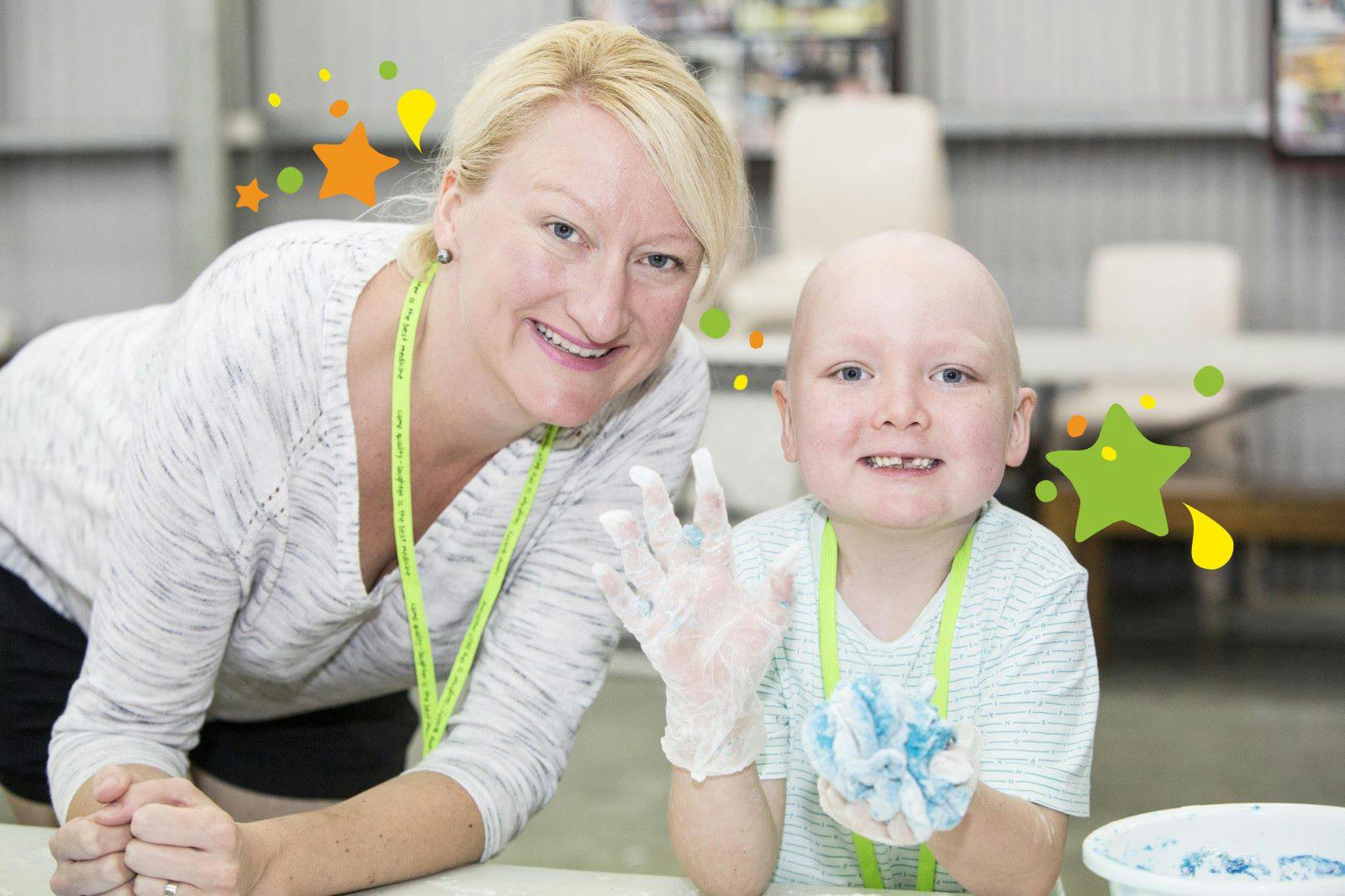How Do You Deal With Changes In Appearance Due To Cancer Treatment?

Physical changes to appearance as a result of cancer treatment, such as hair falling out, can have a profound emotional effect on both adults and children.
Whether it’s the child’s own appearance that is being impacted due to treatment, or they are coming to terms with physical changes in a diagnosed parent, it is always best to bring the issue out into the open so you can deal with it together.
Gaining more knowledge and understanding of possible side-effects from cancer treatment will help your whole family cope better with any changes. It’s important to keep in mind not every cancer treatment causes the same side-effects. To understand what physical impacts to expect, it helps to talk to social workers, doctors, nurses and other hospital support personnel, such as Child Life Therapists.
Being honest with your child, and preparing them for the sometimes unavoidable alterations in appearance, will make it less scary and uncomfortable for both of you.
Explaining physical changes
People facing cancer often need to undergo chemotherapy, and this can cause physical changes such as hair loss, weight gain or loss, and swelling (edema). Hair loss generally begins two-to-three weeks after the first chemotherapy session.
Depending on the type of treatment, hair might be lost all at once or partly over several days or weeks. The hair loss can range from severe thinning to complete baldness and include body hair, eyebrows and eyelashes. If it’s you who is undergoing treatment, prepare your child or children for the change in your appearance so they won’t get frightened when seeing you for the first time.
It’s also important to remind children that most physical side-effects are short-term, such as weight fluctuation and hair loss. Permanent changes include scars from surgery, skin discoloration or a mastectomy due to breast-cancer treatment.
Strategies to support your child
Whether these physical changes are temporary or long-term, they can affect a child’s wellbeing and self-esteem. It is entirely normal for them to experience anger, anxiety or acceptance (and everything in-between). Yet there are so many ways to help your child cope and deal with these feelings.
Methods you can use to help your child work through these emotional issues include:
- Going to therapy with your child to help you both come to terms with the physical changes.
- Connecting with other cancer survivors (children and adults) to seek advice on how they dealt with alterations to their appearance.
- Working on responses ahead of time for any questions or comments your child might receive about physical changes. This can help them build confidence ahead of time.
- Allowing their feelings. It’s OK for a child to be upset about impacts to appearance, whether that be a parent’s or their own.
- Learning to view any scars from surgery as signs of courage and survival. It’s also good to point out that surviving cancer has made you both stronger.
Other, practical, ways to help you work though this time together might involve:
- A trip to the hairdresser. Perhaps you or your child has always wanted a radical haircut or colour? If so, you could visit the salon and go wild.
- Joining a gym or going for a regular walk together.
- Taking your child on a fun shopping trip to buy colourful wraps, hats and bandanas in various styles.
- Experimenting with a new look altogether – this could include new clothing, make-up or a wig. (You might be eligible for financial assistance towards the purchase of a wig. Ask your nurse or social worker for more information.)
Hair will grow back
You can also reassure your child that temporary side-effects are just that. Remind them that hair loss (theirs or a parent’s) is only for the duration of treatment, which is necessary to fight the cancer. The first soft hairs often reappear as early as a month or six weeks from the last chemotherapy treatment.
The most important thing is to simply be there for your child and allow them to talk. By finding out how your child really feels about these physical changes, you are best able to support them.
And while it’s definitely helpful to talk to your child about these physical changes, and particularly their emotional responses to them, you’re not expected to always know the perfect thing to say! The key is getting the conversation going in the first place – so no-one is suffering in silence – and to understand, importantly, that you and your family are not alone.
More information and support
If you are unsure of how to deal with your child’s feelings of fear or anger, that’s OK as well. A cancer diagnosis, its treatment and side-effects can be a wholly new and overwhelming experience for a parent. Please do not hesitate to reach out to organisations, such as Camp Quality and Canteen, to ask for guidance and help during this difficult time.
For more information, and links to further support services, you can visit cancer.org.au.
